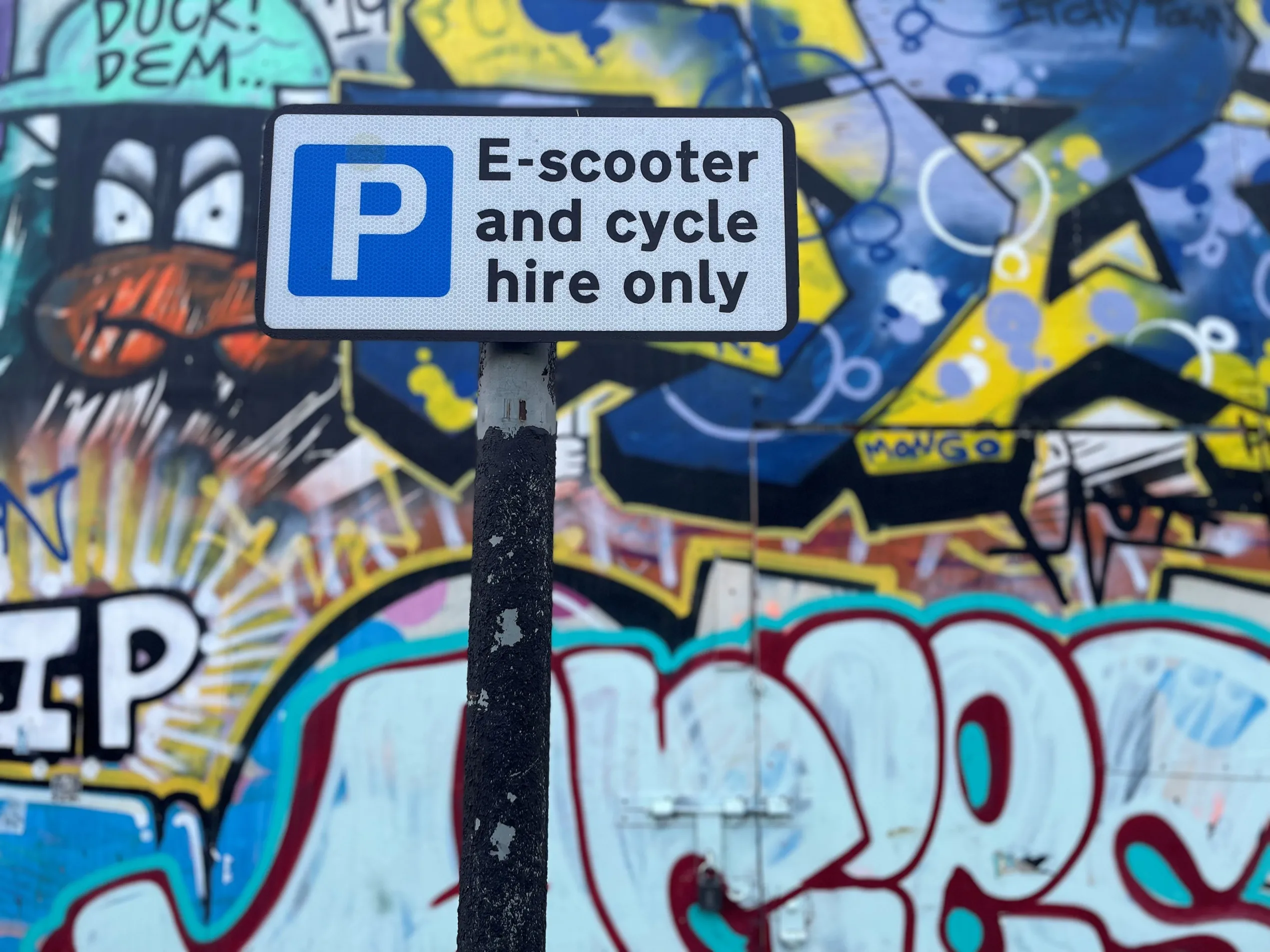European Parliament and council negotiators have reached agreement on upgrading existing eCall receiving infrastructure to be able to respond to calls from eCall devices in cars.
According to the text agreed by EP and council negotiators, EU member states have to install the necessary eCall answering infrastructure for receipt and handling of all eCalls no later than 1 October 2017 and at least six months before the date of application of rules on fitting eCall devices in cars, the other item in the eCal
March 24, 2014
Read time: 2 mins
European Parliament and council negotiators have reached agreement on upgrading existing eCall receiving infrastructure to be able to respond to calls from eCall devices in cars.
According to the text agreed by EP and council negotiators, EU member states have to install the necessary eCall answering infrastructure for receipt and handling of all eCalls no later than 1 October 2017 and at least six months before the date of application of rules on fitting eCall devices in cars, the other item in the eCall package of proposals, which is yet to be negotiated with the Council. This text still has to be approved by the full Parliament and council.
Parliament set out its position on rules for installing eCall devices in cars in a vote in February 2014. Negotiations with the council on this file are likely to start during the next parliamentary term. The draft type-approval rules voted in February set October 2015 as a final date for manufacturers to be ready to install eCall devices in new cars and light vans.
According to the text agreed by EP and council negotiators, EU member states have to install the necessary eCall answering infrastructure for receipt and handling of all eCalls no later than 1 October 2017 and at least six months before the date of application of rules on fitting eCall devices in cars, the other item in the eCall package of proposals, which is yet to be negotiated with the Council. This text still has to be approved by the full Parliament and council.
Parliament set out its position on rules for installing eCall devices in cars in a vote in February 2014. Negotiations with the council on this file are likely to start during the next parliamentary term. The draft type-approval rules voted in February set October 2015 as a final date for manufacturers to be ready to install eCall devices in new cars and light vans.










